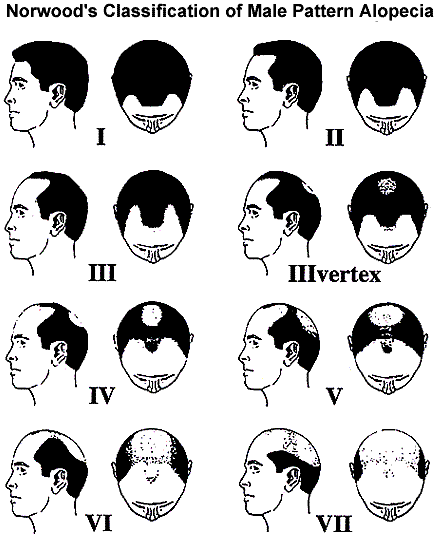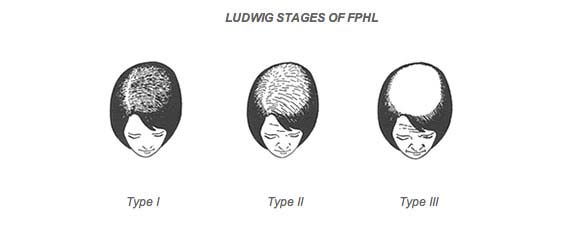Hair transplantation is based on the principle that hairs moved from one part of the body and implanted in another part of the body will grow for as long as they would have grown in their donor location.
What is hair transplantation?
Scalp hairs naturally grow singly or in groups known as follicular units containing two to four hairs. Modern hair transplants can be extremely natural looking by transplanting follicular units rather than plugs as was done in the past.
WHO SHOULD PERFORM HAIR TRANSPLANT SURGERY
In the UK, only a GMC licensed doctor should perform the surgical steps of a hair transplant surgery procedure. This includes making all the skin incisions in the recipient area but also in the donor area, whether using a scalpel for strip harvesting or a punch for FUE harvesting.
Only a Doctor Should:
- Perform medical history & examination to assure graft success
- Rule out hair diseases that could affect hair growth & failure
- Draw the hairline
- Make incisions in recipient area (blades, needles, implanters)
- Make incisions in the donor area (incising grafts)
- Place grafts with sharp implanters
Technicians Can Only:
- Pull grafts incised by the doctor
- Load sharp implanters and deliver to the doctor
- Place grafts either with forceps or with dull implanters
(after doctor makes all incisions)
In the UK, technicians do not need direct supervision to do the non-surgical steps
How is the procedure performed?
The procedure is usually carried out under local anaesthetic with or without sedation and is divided into two phases:
- extracting the donor hairs (usually from the back and/or sides of the head)
- designing the recipient area and implanting the grafts
Extracting the donor hairs
There are two commonly used methods of extracting donor hairs:
- The strip method which entails removing a section of hair-bearing scalp (resulting in a linear scar) and dissecting it under magnification into follicular units
- The follicular unit excision (FUE) technique which entails using a punch tool to remove follicular units (resulting in small round scars). This can be done manually, using automated punches or by a robot.
There are advantages and disadvantages of both methods and some individuals are more suited to one or the other.
Designing the recipient area and implanting grafts
There are a wide variety of instruments used to make recipient sites and implant the grafts but angle, orientation, density and hairline design are key elements required to achieve a natural aesthetic result. At consultation, the area to be grafted should be agreed with the patient and the recipient: donor ratio determined. There are a finite number of hairs available in the scalp donor area and if the recipient area is very large then the area covered or the density that can be achieved might need to be compromised. Additional procedures can be carried out to increase density however planning for the possibility of further hair loss should be taken into account. Transplanted hairs usually take 3 – 4 months to start to grow and it may be a further 6 – 9 months depending on the individual’s hairstyle and length of hair to be able to assess the aesthetic result of the procedure. The transplanted hairs may continue to improve in quality for up to 18 months post procedure. Who can benefit from a hair transplant?
Who can benefit from a hair transplant?
There are many causes of hair loss (alopecia) and these are commonly classified as patterned or non-patterned alopecia with the latter subdivided into scarring and non-scarring alopecias. Trauma, surgery and burns result in scarring alopecia which can sometimes be very effectively treated with a hair transplant. Some dermatological conditions also result in scarring alopecia and can be treated with a hair transplant if the condition is fully resolved. Some types of non-scarring alopecias can be transplanted but most hair transplant surgeons would advise against transplanting in the common condition alopecia areata. Male and female pattern hair loss are very common examples of patterned alopecia.
Male Pattern Hair Loss (MPHL)
Male Pattern Hair Loss is defined as hair loss at the front, top and/or the crown/vertex of the scalp (non-permanent area). The back and sides of the scalp are spared and usually grow hair for life (permanent area or ‘safe’ donor zone). The hair root has a life cycle. In simple terms, this cycle consists of a growing phase and a resting phase. Before hair loss sets in, the growing phase lasts up to seven years and the resting phase lasts three to four months. Genetic hair loss causes the life cycle phases to go in reverse, i.e. the growing phase becomes shorter and shorter and the resting phase longer. Eventually, the hair grows very little or not at all. The cause of MPHL is the presence of hormone receptors in the hair roots of the non-permanent area. No such receptors exist in the permanent area. These receptors attract the male hormone dihydrotestosterone (DHT) which starts the hair loss process. The number and location of these susceptible hairs is determined by inherited genetics from both or either parents.

Female Pattern Hair Loss (FPHL)
Normally, women shed an average of 100 hairs per day. Fortunately, these hairs are replaced. However when these lost hairs are not replaced, or when the daily shedding exceeds the normal, true hair loss occurs and can be very distressing.
The difficulty in dealing with hair loss in women is that a number of conditions result in the same diffuse pattern in which the hair over the top and crown of the head becomes thinner (occasionally, the temples will recede too). There is often some investigation needed to first isolate the true cause before deciding if a hair transplant is suitable.
A GP or hair loss specialist should take a detailed medical, drug and family history and some basic blood tests are usually recommended such as a full blood count, glucose, serum ferritin (iron stores), thyroid hormones and, where relevant, gestational hormone levels. A referral to a dermatologist (skin specialist doctor) or a trichologist (non medical hair & scalp specialist) may be indicated.
Female pattern hair loss is the most common type of hair loss seen in women and is an inherited condition. Just as men acquire the susceptibility to hair loss from one or both parents, so too can women. This determines the location and the number of hairs that are lost or thinning. The hair loss is triggered by androgens (male hormones) therefore it may occur at anytime from puberty but is most commonly seen after the menopause. All women have a small amount of male hormone and the ratio of male:female hormones can increase if levels of female hormones decrease, as occurs during menopause.
Hair transplantation could be of benefit with this condition but some women are more suited to surgical treatment than others, and
some are not suitable candidates at all.

Alternatives to surgery
Not everyone is suitable for a hair transplant procedure or wishes to undergo surgery. There are topical and oral medications approved for hair loss which can be discussed with your GP or hair loss specialist and camouflage products that can mimic the appearance of thicker hair. Low level light might be of benefit in increasing hair growth and hair calibre. General health and environmental factors can also influence hair growth.Shampoos and conditioners may improve the quality and health of the hair but will not increase the number of hairs. Micropigmentation tattooing has been utilised to produce the appearance of hairs either as stubble or strands whilst hair replacement systems, hair pieces and wigs can give the illusion of a full head of hair.
Disclaimer
This website is designed to supply useful information but is not to be regarded as advice specific to any particular case. It does not replace the need for a thorough consultation and all prospective patients should seek the advice of a suitably qualified medical practitioner. The BAAPS accepts no liability for any decision taken by the reader in respect of the treatment they decide to undertake.